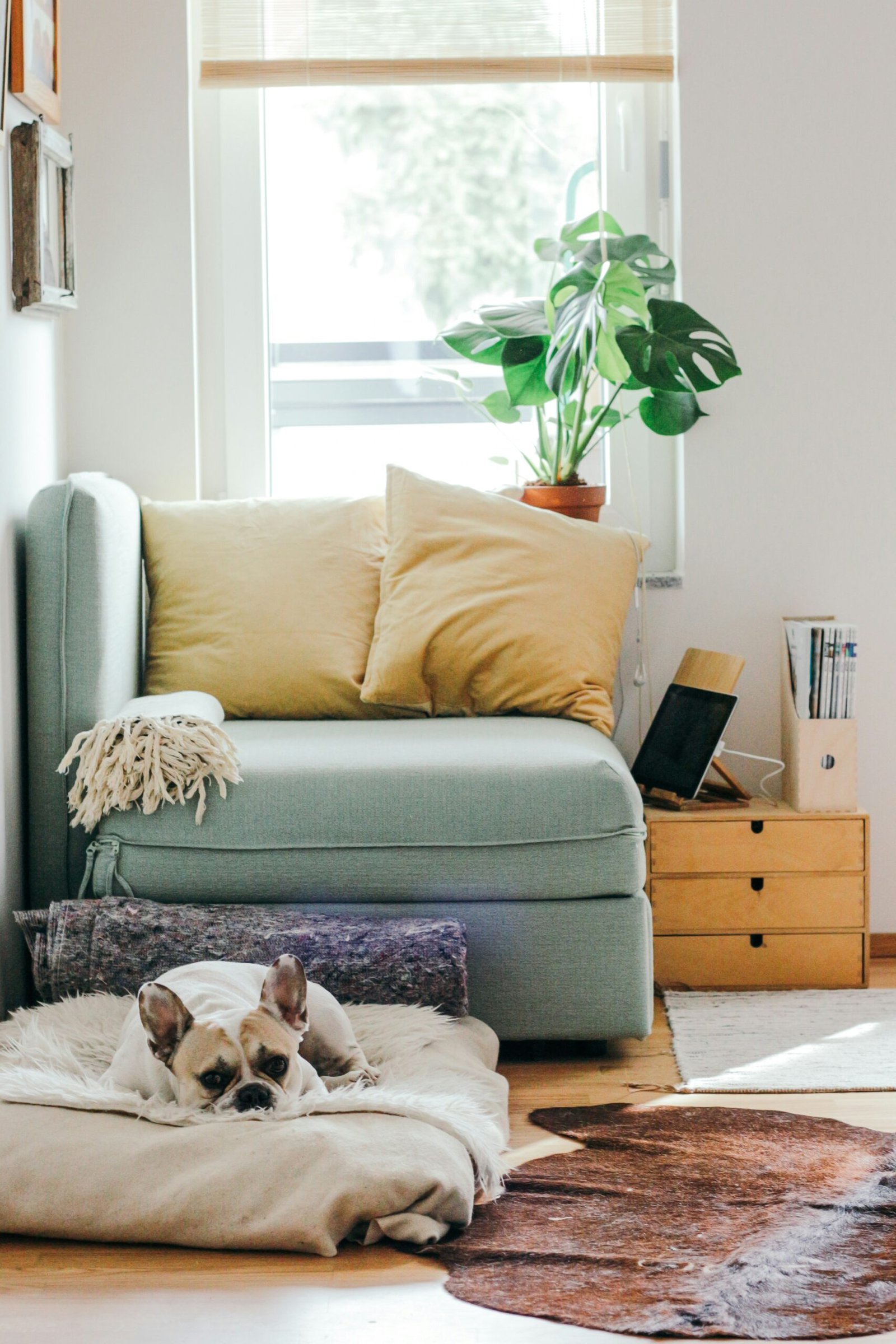Incorporating Design Influences in a 1950’s Southern Home
Transforming a 1950’s Southern home into a private retreat involves a delicate balance of preserving its original charm while infusing it with modern design influences. One of the key elements in achieving this harmony is the careful integration of various design styles. In my DIY projects, I often blend mid-century modern, farmhouse chic, and traditional Southern charm to create a cohesive and inviting atmosphere.
Mid-century modern design, with its clean lines and functional aesthetics, complements the architectural simplicity of a 1950’s home. By incorporating minimalist furniture pieces and geometric decor items, I can maintain the home’s original character while introducing a contemporary vibe. For instance, a sleek, low-profile sofa paired with a vintage wooden coffee table can bridge the gap between past and present.
Farmhouse chic, on the other hand, introduces a rustic and cozy feel to the space. Elements such as reclaimed wood, distressed finishes, and metal accents add texture and warmth. I often use these materials in kitchen renovations or living room decor to evoke a sense of nostalgia and comfort. An example would be a shiplap wall in the dining area, adorned with antique farm tools or vintage signs, which brings a touch of the countryside into the home.
Traditional Southern charm is the thread that ties everything together. This style is characterized by elegant yet unpretentious decor, often featuring floral patterns, heirloom furniture, and soft color palettes. To reflect this, I might incorporate a classic Southern porch swing, adorned with plush cushions in muted tones, creating an inviting outdoor space reminiscent of a bygone era.
Color schemes play a crucial role in blending these styles seamlessly. I favor a palette of soft pastels and neutrals, punctuated with bold accents. This approach allows each design element to shine without overwhelming the senses. For instance, a light blue wall can serve as a serene backdrop for a mid-century modern chair and a farmhouse chic side table, accented by a traditional Southern floral arrangement.
Ultimately, my goal is to respect the home’s original 1950’s architecture while reflecting my personal taste. By drawing inspiration from multiple sources and thoughtfully mixing and matching elements, I craft a unique and harmonious living space that feels both timeless and contemporary.
Step-by-Step DIY Projects: From Installing Kitchen Cabinets to Bathroom Remodels
Transforming a 1950’s Southern home into a private retreat requires meticulous planning and execution. One of the cornerstone projects in this journey is installing new kitchen cabinets. Begin by measuring the kitchen space accurately to ensure the cabinets fit perfectly. Mark the wall where each cabinet will go, starting with the upper cabinets. Secure a ledger board temporarily to hold the weight of the upper cabinets during installation. Pre-drill holes in the cabinet frames for screws, and use a level to ensure even alignment. Once cabinets are in place, remove the ledger board and proceed to attach the base cabinets, ensuring they are level and securely fastened to the wall studs.
Another significant project is constructing a sturdy fence for large dogs. Start by marking the perimeter of the fence with stakes and string. Dig post holes at least 2 feet deep and 8 feet apart to support the fence’s weight and height. Set the posts in concrete, ensuring they are plumb and level. Once the concrete has cured, attach horizontal rails between the posts. Finish by securing the vertical pickets to the rails, ensuring even spacing for both aesthetic appeal and functionality.
The bathroom remodel is a transformative project that includes replacing the tub. First, turn off the water supply and disconnect the plumbing fixtures. Remove the old tub by cutting through any caulking and unscrewing the fasteners. Ensure the new tub fits the space by dry-fitting it into position. Install a new drain and overflow assembly before placing the tub permanently. Secure the tub with screws and apply waterproof caulking to seal all edges. Finally, reconnect the plumbing fixtures and turn the water supply back on to test for leaks.
When selecting materials for these projects, choose high-quality, durable options that match the home’s aesthetic. Use reliable tools to ensure precision and safety. Common pitfalls include mismeasuring spaces, using inferior materials, and rushing through steps, all of which can compromise the project’s outcome. By following these detailed guides, homeowners can confidently embark on their DIY journey, transforming their living spaces into serene, personalized retreats.

Leave a Reply